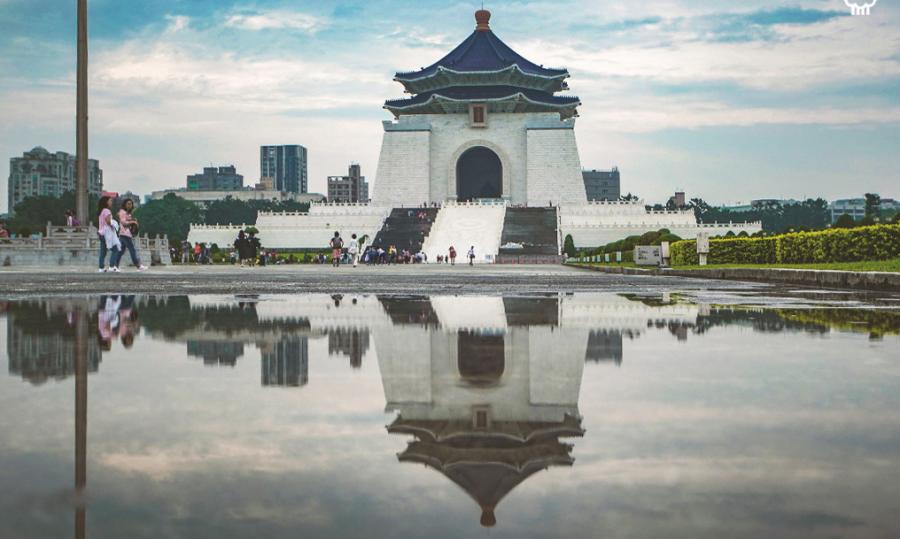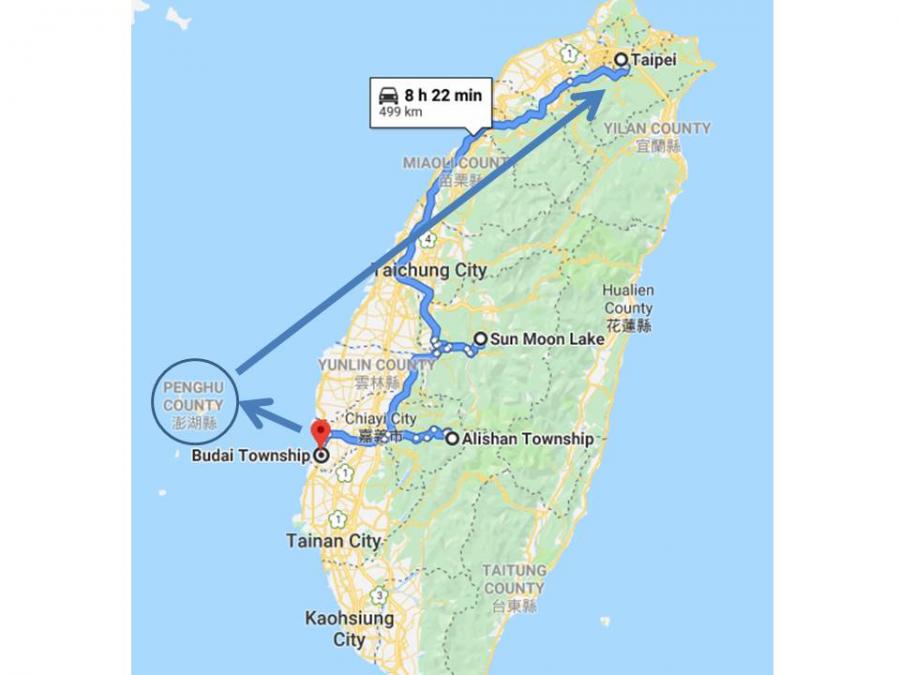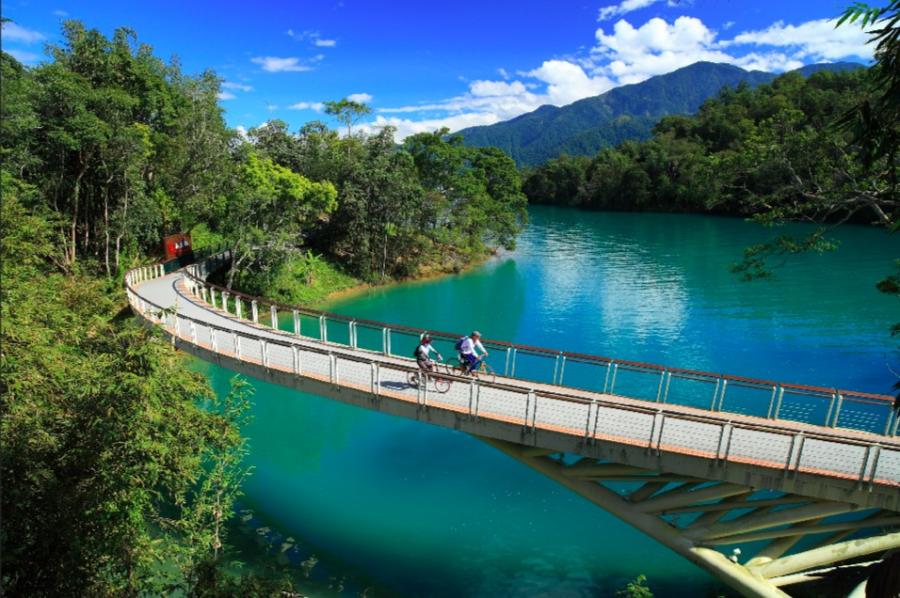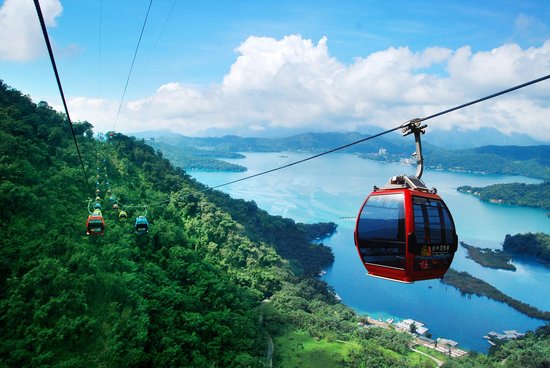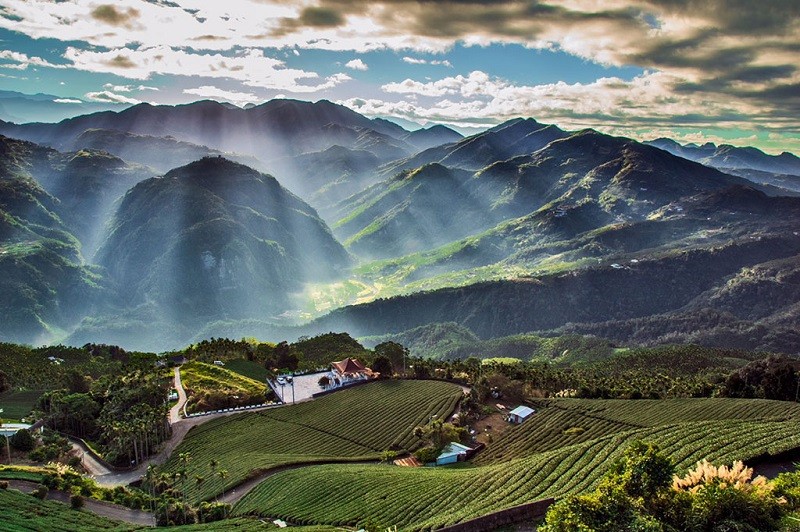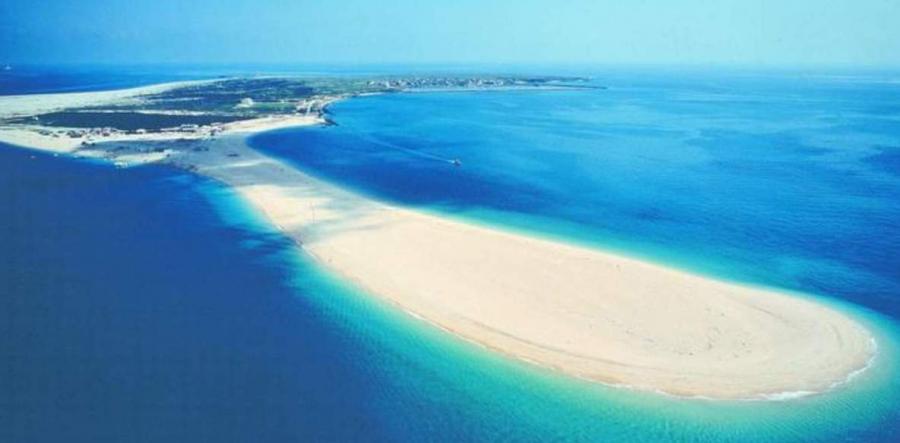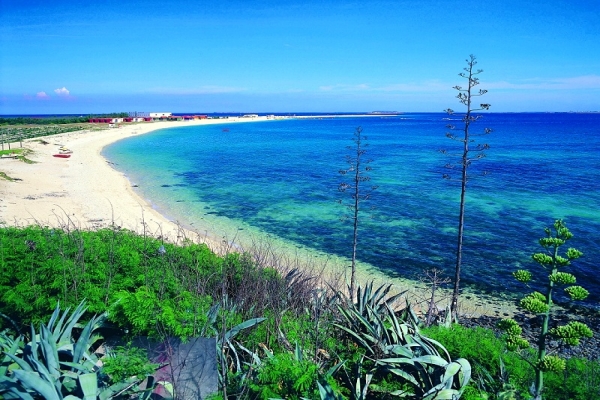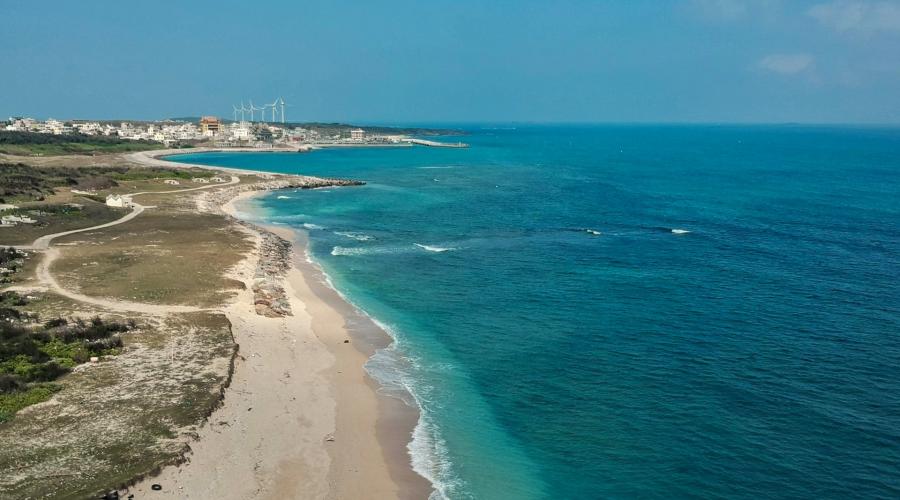Around 9:30AM, meeting with your English-speaking guide/driver (any other language on request) at the lobby of the hotel or other address of your convenience.
Main visits of today:
► CHIANG KAI SHEK MEMORIAL HALL: The Chiang Kai-Shek Memorial Hall and the area surrounding it is one of the most prominent landmarks in Taiwan and is also one of the most popular destinations for tourists visiting Tai- pei with thousands of people showing up each day. The Memorial Park covers an area of over 240,000 square meters and during the Japanese Colonial era was a military base. The expansive park consists of three large buildings: the Memorial Hall (中正紀念堂),
The National Theatre (國家戲劇院), the National Concert Hall (國家音樂廳) and the beautiful gar-dens behind the Memorial hall.
Memorial Hall: is probably the main reason people visit the area and express the 'spirit of Chinese culture”. It was constructed using Taiwanese marble and the roof is blue represen- ting the color of Chiang Kai Shek party and *cough* "freedom" and has a octagon shape because in Asia, the number eight is associated with abundance and good fortune.
The most imposing and impressive structures on Liberty Square are that of the National The- atre (國家戲劇院) and National Concert Hall (國家音樂廳). The two buildings play host to major perfor-mances all year long and are considered the best artistic venues in the coun- try.
Behind the Memorial Hall there are beautiful gardens home of squirrels, birds, fish, turtles and cranes. Watch the guard changing ceremony at 11AM, visit the museum and the garden. Guard changing ceremony duration: approximately 20 minutes.
► 12.30 Lunch at Din Tai Fung Restaurant (101 Branch)
Menu @Din Tai Fung
Package A (for 1): 4 Xiao long bao, 1 steamed vegetable dumpling, 1 steamed shrimp dumpling,
1 steamed fish dumpling, 1 steamed shrimp shao mai, red bean xiao long bao, shredded pork and egg fried rice, stir-fried vegetables, hot and sour soup
Package B (for 1): 4 Xiao long bao, 1 chicken xiao long bao, 1 steamed vegetarian mushroom
dumpling, 1 steamed fish dumpling, 1 steamed shrimp shao mai, 1 taro xiao long bao, shrimp and egg fried rice, stir-fried vegetables, hot and sour soup
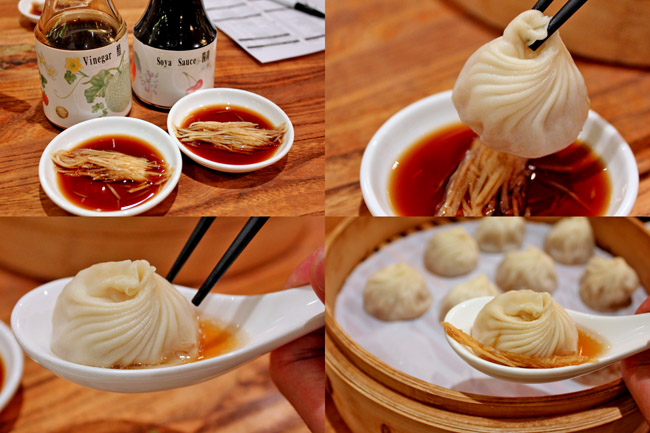
After lunch (14.30), visit of Taipei 101.
► TAIPEI 101 Taipei 101 is impossible to miss with its 508mt held the title of the world's tallest green buil- ding until 2011. Observation decks are on the 88th and 89th floors, with an outdoor deck on the 91st floor opened on some occasions, weather permitting. Don't miss the massive gold- colored iron wind damper that keeps the tower stable through typhoons and earthquakes.
► SUN YAT-SEN MEMORIAL HALL The National Sun Yat-sen Memorial Hall was built in 1972 as a tribute to the founder of the Republic of China. The hall contains displays of Sun's accomplishments from the revolution during and after the fall of the Qing Dynasty, and today is a meeting ground for various social, educational, and cultural activities. Although the hall's main purpose was intended to display historical relics of Sun's life and the Xinhai Revolution, it later was opened to performances and exhibitions. Visit the Memorial and watch the changing of the guard.
► LONGSHAN TEMPLE Founded in 1738 by Han immigrants from Fujian, this temple has served as a municipal, guild and self-defence centre, as well as a house of worship. These days it is one of the city's top religious sites, and a prime venue for exploring both Taiwan's vibrant folk faith and its unique temple arts and architecture.
► BOPILIAO HISTORICAL BLOCK Bopiliao Historic Block is one of the key attractions of Wanhua District that portrays some of the oldest and most historical architectures in the modern city life of Taipei. With a long history dating back to 1799 when it was first known as “Fupiliao” (福皮寮街), this street has been revamped, and officially opened to the public in 2009 again with a new appearance. Today, it serves not only as a preserved attraction popular among tourists but also a site that reminds and educates the locals of their traditional culture and history. This includes a wide range of traditional shop houses from the Qing dynasty (1683 - 1895) to buildings constructed during the Japanese occupation, (1895–1945) till early post war periods.
